Ine no Funaya are traditional buildings that line the beautiful seaside of Ine Town, Kyoto Prefecture.
The area where Ine no funaya houses are built is an important tourist attraction that attracts more than 300,000 tourists annually.
Overview of Ine no Funaya
Ine no Funaya is a beautiful seaside landscape located in Ine Town, Kyoto Prefecture.
These boathouses are unique, traditional structures that have a storage space for the boat on the first floor facing the sea and living quarters on the upper floor.
More than 300,000 tourists visit Ine no Funaya each year, making them an important tourist attraction due to their beauty and historical value.
What is a funaya?
The original boathouse was a warehouse for storing fishing boats and gear, and was not used as a residence.
However, as time passed, fishing gear and fishing methods changed, and so did the use of boathouses.
Some boathouses were used as residences, and windows and balconies were added. Additionally, some of the boathouses have been converted to other uses and are now used as guesthouses.
Currently, most of the Ine boathouses are two-story buildings with tiled roofs and gables, with the first floor on the gable side facing the sea being used to store the boat, and the second floor being used to store fishing gear.
Many of the funaya’s exteriors have no walls to allow for ventilation, and their distinctive design is popular with tourists.
Selected as Ineura Traditional Buildings Preservation District
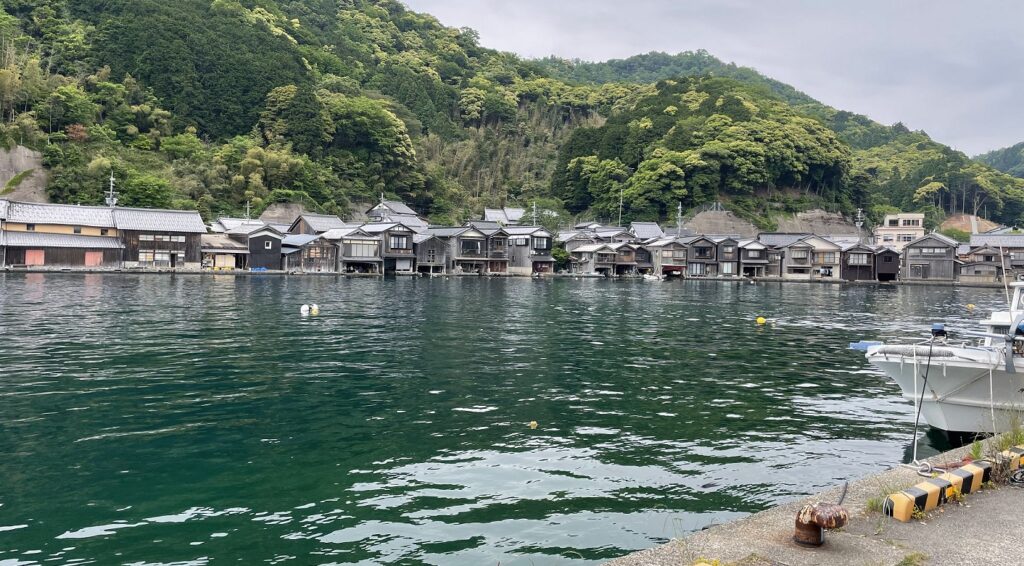
The original boathouse was a warehouse for storing fishing boats and gear, and was not used as a residence.
However, as time passed, fishing gear and fishing methods changed, and so did the use of boathouses.
Some boathouses were used as residences, and windows and balconies were added.
Additionally, some of the boathouses have been converted to other uses and are now used as guesthouses.
Currently, most of the Ine boathouses are two-story buildings with tiled roofs and gables, with the first floor on the gable side facing the sea being used to store the boat, and the second floor being used to store fishing gear.
Many of the funaya’s exteriors have no walls to allow for ventilation, and their distinctive design is popular with tourists.
“Ine no Funaya” beautiful townscape
This area has been selected as an important preservation district for groups of traditional buildings.
Ine’s boathouses maintain their historical appearance, with approximately 230 boathouses standing in a row along the coast of Ine Bay, and their unique landscape remains to this day.

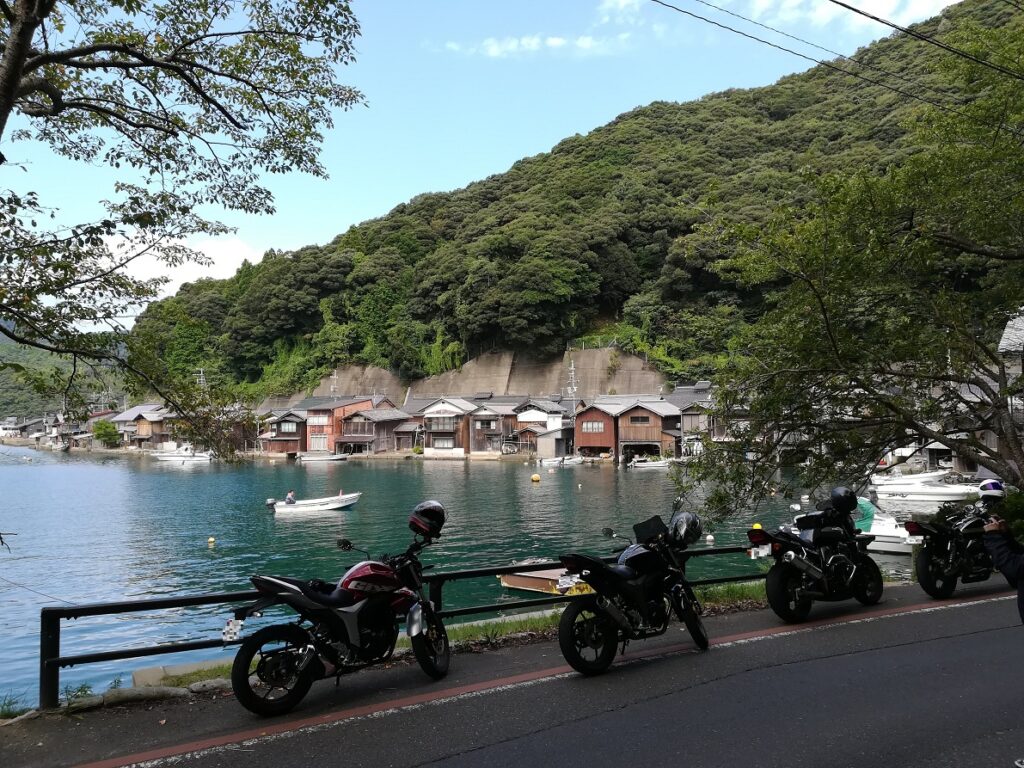
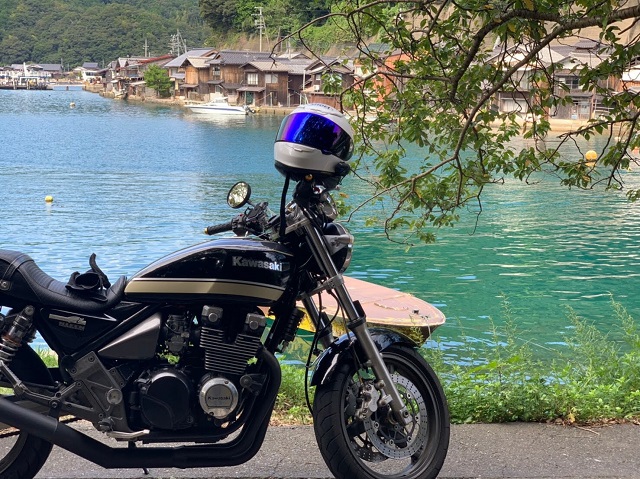
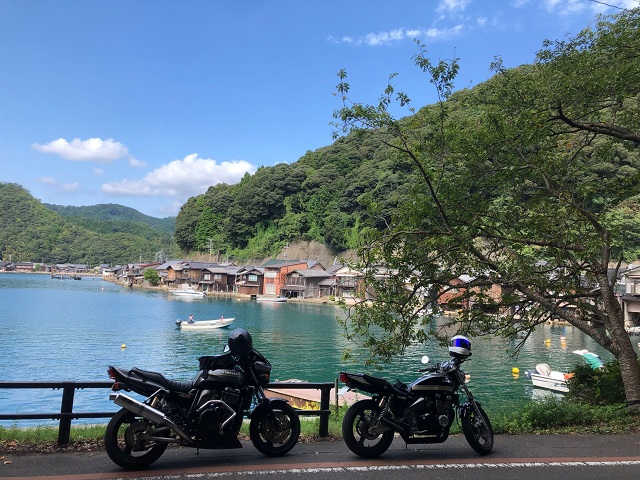
Roadside Station Funaya no Sato Ine
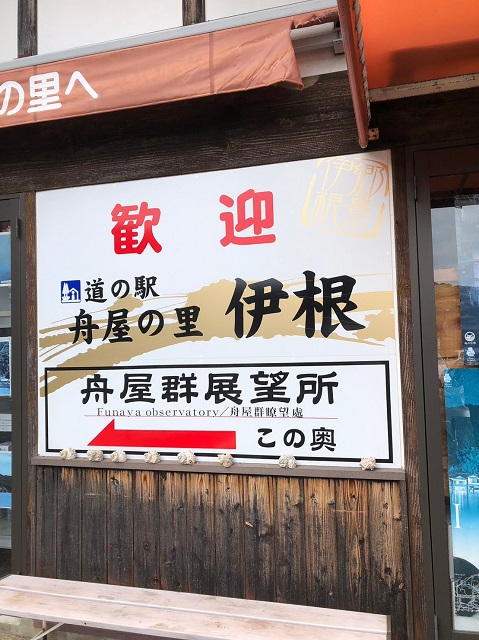
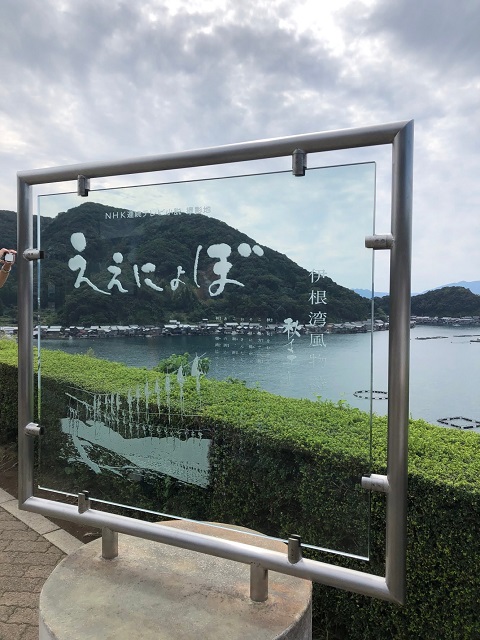


Comments